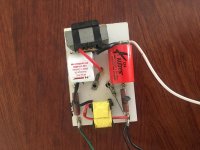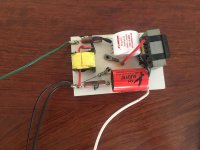- anyone having experience with the subject or who just wants to leave his critical comment concerning the sound quality within the limiting factors given is pretty much welcome to discuss the pros and cons of the active assists -
I am planning a too small box for a 2-way topology speaker.* My very personal domestic acceptance factor** allows for about 45 liters, gross dimensions being centimeters 60 × 34 × 30 (H×W×D). This is too small for a pro driver which is supposed to do the work from ~ 1.2/1 kHz downwards. There is two solutions to my knowledge, given the box volume is set and the topology is not changed:
- 1) A Linkwitz-Transform shelf-filter EQ of a sealed enclosure. Can only be achieved true active.
- 2) Parametrical equalizing of a vented enclosure, Q=2, slightly above very low tuning frequency. Can be achieved active or passive + EQ. Don Keele wrote about it 1975, AES paper attached. Lowcut is necessary to prevent high cone excursion below tuning frequency. This leads to very high group delay in low frequencies.
With the Hypex Amps both can be done. Before I chose to go active because of the time alignement of the drivers, I found the FaitalPro 12PR320 driver to be a very good choice for the woofer. Vented was still the idea then. Taking this driver as a start for comparison of both solutions, the question is what happens to sound reproduction. Here are two examples which take the Xmax of the driver as the limiting factor and power consumption on the other hand:***
Example for Version 1), a LT sealed:
If the LT is set to F3 @35 Hz, cone excursion peaks at 25 Hz and 7.3 mm within Xmax with a system input power (Win ISD) of 8 watts which translates into ~ 85 watts drawn for bass reproduction on each channel. Group delay is ~ 20 ms @ 20 Hz. 95 dB will be reached at a listening position 2.5 meters from the speakers (couch).
Example for Version 2), Boost-Cut vented PEQ:
With a box tuning of 30 Hz, a Q=2, +10 dB @ 35 Hz, 21 watts would be maximum system input power before Xmax is reached, but the amplifier load is already exceeding the specifications of FA123 bridged-mode (125 watts into 8 ohm), so it has to be limited to 16 watts system input power to avoid clipping at 125 watts amplifier load for bass reproduction. Xmax reaches 6.1 mm below and 4.3 mm above tuning frequency. SPL at listening position is naturally higher than Version 1 at 98 dB. But Group delay exceeds 30 ms below 20 Hz, up to 35 ms!
This means: version 1 (LT-sealed) is fundamentally limited by Xmax, while version 2 (vented PEQed) with a +10 dB @35 Hz is limited by power alone. But it needs considerable amounts of power to be extended to reach Xmax (165VA @ 35 Hz or 16 watts system input power, compared to half the peak value of 86VA with LT). Then, it could play up to 99 dB at a 2.5 meter listening position, whilst Group delay reaches 35 ms at the threshold of low frequency audibility at 16 Herz. This can easily be audible.
Also, for very high listening levels bass extension can be sacrificed (which can be done with switchable presets within FA123, either as a decrease of EQ boost or as a higher-F3-Linkwitz transform).
The trade-offs of both designs:
- Lower Group Delay (V1) versus less Cone Excursion (V2)
- Lesser Power consumption (V1) versus higher SPL (V2)
Is there measurements available on the impact of LT/Low-Boost EQ on distortion? I would like to see the rate to which it is rising with increase of Xmax and power. I suppose cone excursion will affect higher frequencies as distortion, what sort of distortion? Intermodular? The vented version can be louder but it has a much higher group delay which may be audible, although it is reaching critical levels very low and exceeds them at the limits of low-frequency audibility for Humans. Do you see other trade-offs which I did not mention? Which direction is the compromise for better sound in your opinion?
________
* CD + horn/waveguide and 12-inch pro woofer, each a Hypex FusionAmp 123 plate amp. So far, so conservative.
** Not related to my partner or any person I would share the appartment with. And not at all to the their gender, as this is not the reason why I would not want to build a ridiculously large monument into my own living room.
*** The driver has Xmax 7.5 mm and high power handling. The Fusion FA123 in bridged mode has a good amount of power too (~125 watts into 8 ohm). The driver (EBP 107) can therefore work in a sealed enclosure, Linkwitz transformed, or in a vented enclosure EQ-boosted.
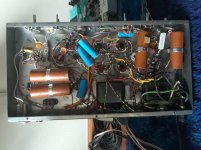
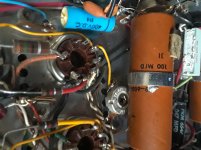
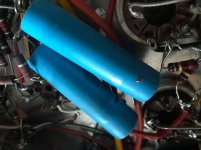
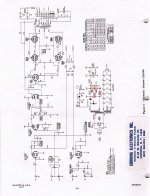
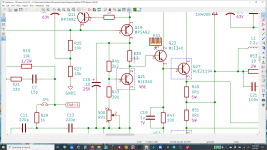
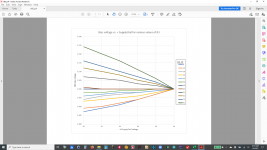
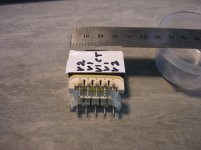
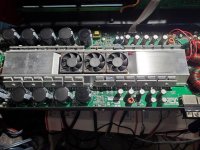

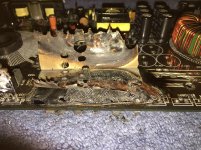

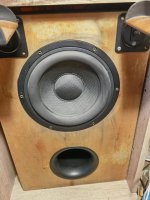
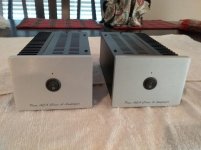
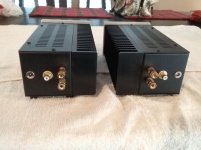
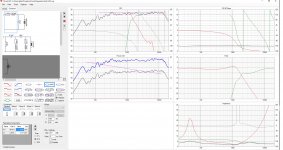
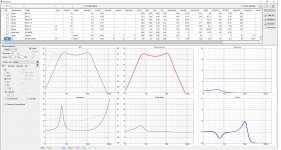

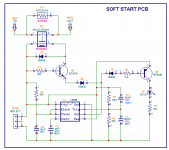
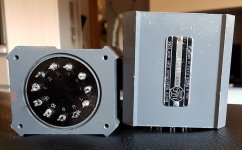
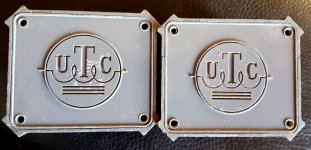
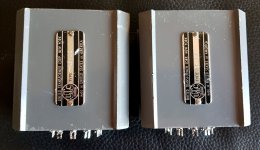
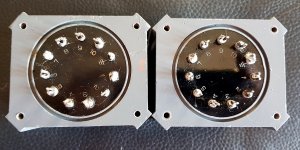

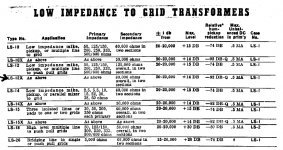
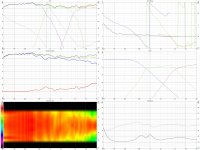
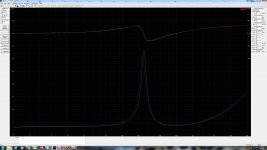
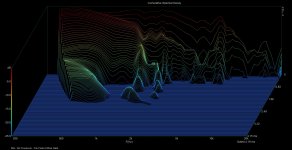
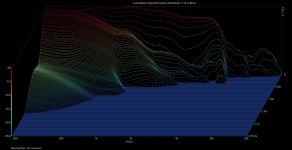
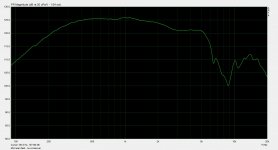
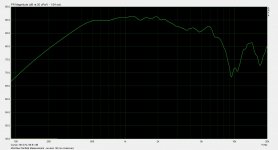
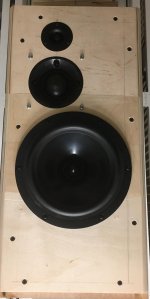
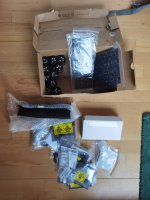
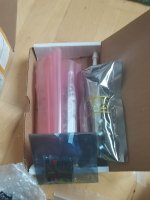
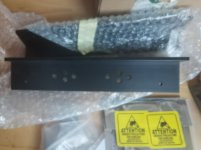
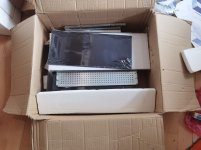
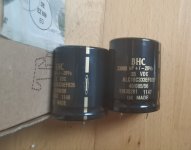
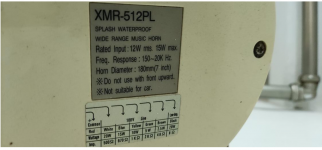
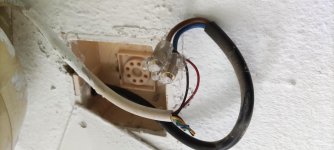
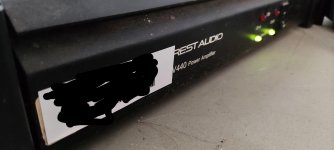
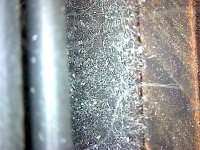
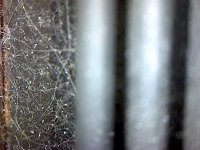
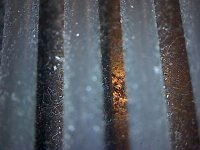

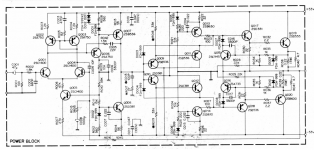
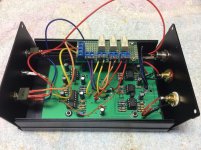
 ) ...Italian living close to Manchester in the UK. Past experience in amateur car audio, not much experience in home HiFi.
) ...Italian living close to Manchester in the UK. Past experience in amateur car audio, not much experience in home HiFi.
